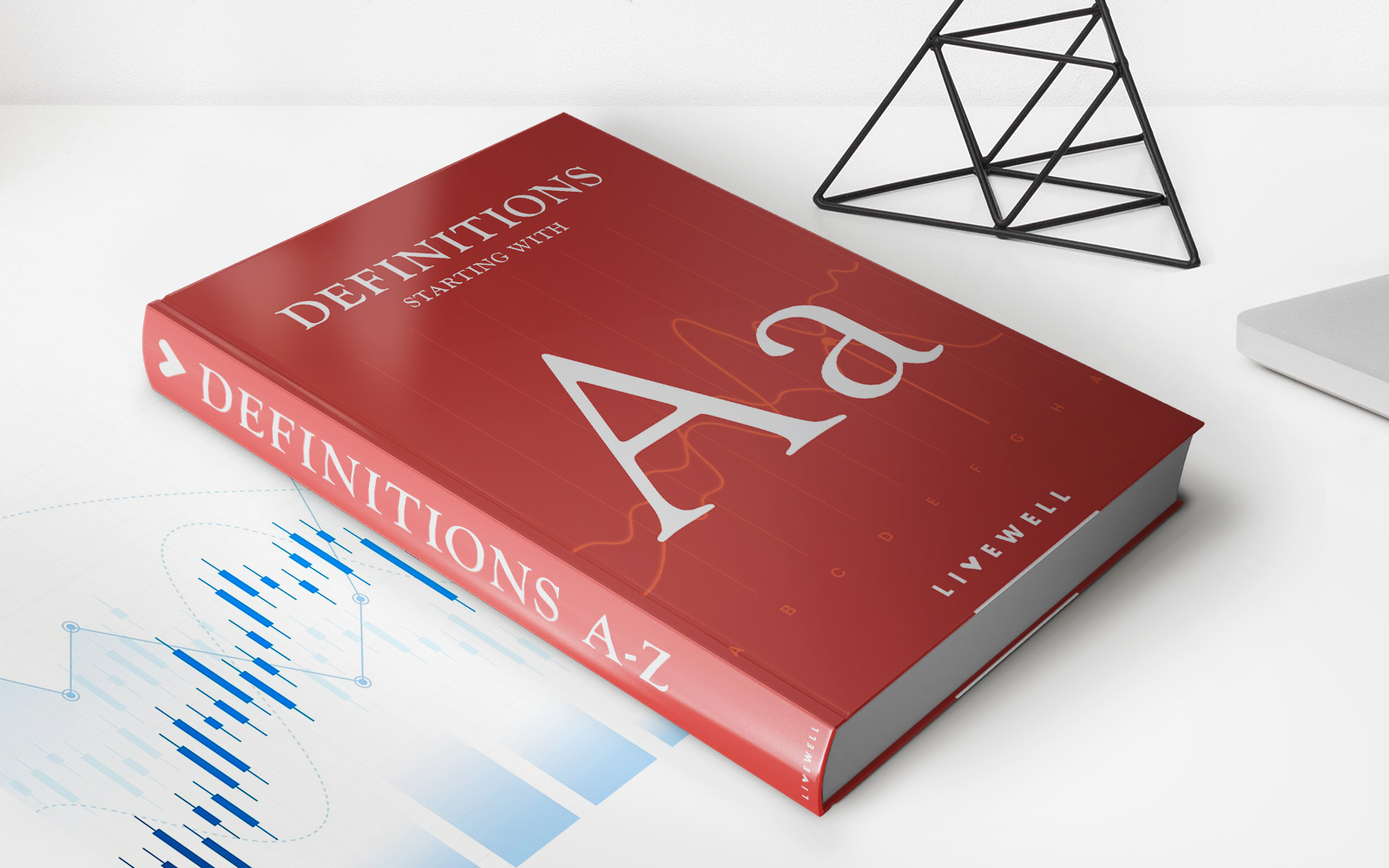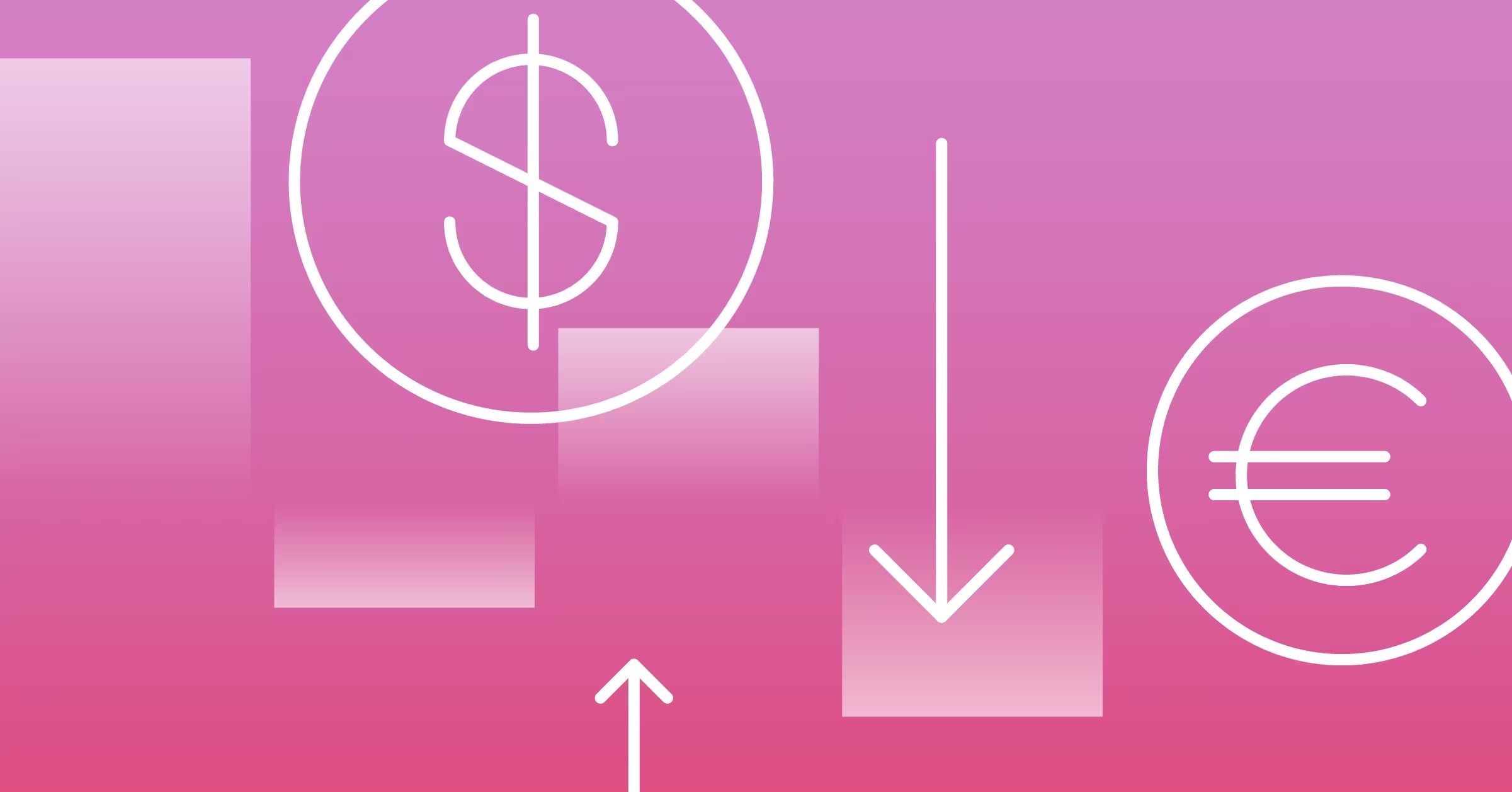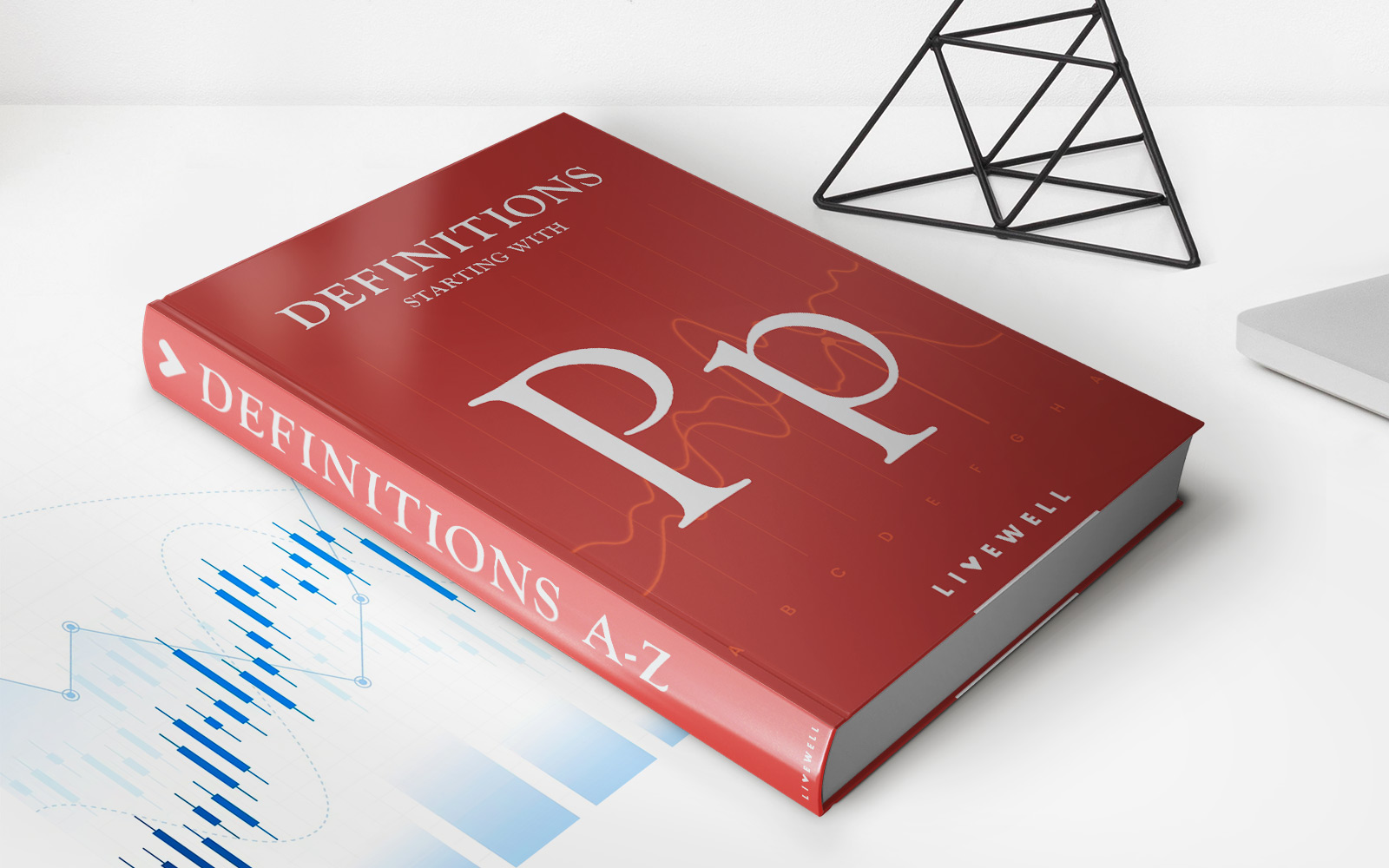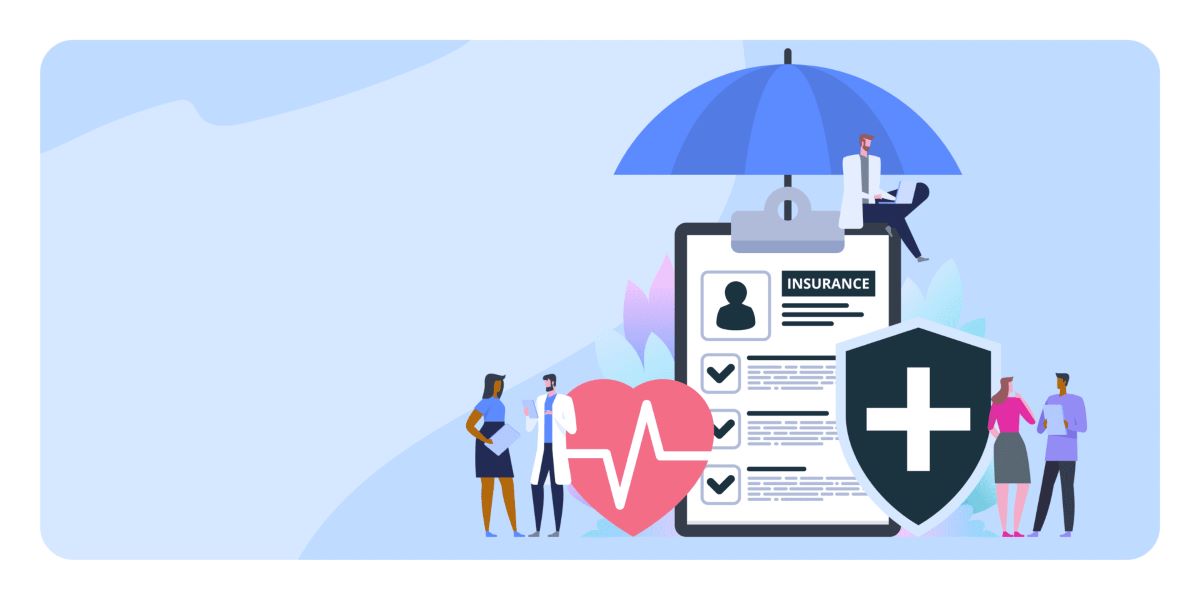Home>Finance>How Can I Lower My Private Student Loan Payments


Finance
How Can I Lower My Private Student Loan Payments
Published: October 22, 2023
Looking to lower your private student loan payments? Discover effective finance strategies to reduce your monthly expenses and save money.
(Many of the links in this article redirect to a specific reviewed product. Your purchase of these products through affiliate links helps to generate commission for LiveWell, at no extra cost. Learn more)
Table of Contents
Introduction
Welcome to the world of private student loans! If you’re wondering how you can lower your private student loan payments, you’ve come to the right place. As a student, you might have taken out private loans to fund your education and now find yourself facing the burden of high monthly payments.
Private student loans differ from federal student loans in that they are issued by banks, credit unions, or other financial institutions, rather than the government. While private loans can provide much-needed assistance for your education expenses, they often come with higher interest rates and less flexible repayment options.
Lowering your private student loan payments can help alleviate the financial stress and provide you with more breathing room in your budget. There are several strategies you can explore to achieve this goal, and in this article, we will walk you through each one of them.
Before we dive into specific repayment options, it’s important to evaluate your current financial situation. Take a close look at your monthly income, expenses, and any other outstanding debts you may have. Understanding your financial snapshot will help you make informed decisions and determine the best approach for lowering your private student loan payments.
Remember, every individual’s financial situation is unique, and what works for one person might not work for another. It’s crucial to analyze your options and choose the one that aligns with your circumstances and long-term financial goals.
Now that we’ve set the stage, let’s explore the various ways you can lower your private student loan payments. Whether you’re looking for flexible repayment plans, loan refinancing, or assistance programs, we’ve got you covered. Let’s get started!
Understanding Private Student Loans
Before delving into strategies for lowering your private student loan payments, it’s important to have a solid understanding of what private student loans are and how they differ from federal student loans.
Private student loans are loans offered by private lenders, such as banks and credit unions, to help students finance their education expenses. Unlike federal student loans, which are backed by the government, private student loans have different terms and conditions set by the individual lender.
One key difference between private and federal student loans is the interest rates. Private student loans typically have higher interest rates, which can lead to higher monthly payments and more interest paid over the life of the loan. Additionally, private student loans often require a credit check and may require a co-signer if the borrower has limited or no credit history.
Another important factor to consider is the lack of flexible repayment options with private student loans. Unlike federal loans, which offer income-driven repayment plans and loan forgiveness options, private loans often have fixed repayment terms. This means you may have less flexibility when it comes to modifying your payment amounts or exploring alternative repayment options.
Private student loans also typically do not qualify for federal loan benefits, such as loan forgiveness programs or income-driven repayment plans. This can make it more challenging to manage your loan payments if you’re facing financial hardship.
Despite these challenges, private student loans can still be a valuable tool for financing your education. They can provide funding to cover tuition, housing, textbooks, and other educational expenses that may not be fully covered by federal loans or other forms of financial aid.
Understanding the nuances of private student loans will help you navigate the process of lowering your payments. It’s important to explore your options and consider strategies that can help you alleviate the financial burden and make your loan payments more manageable.
Now that you have a solid foundation in private student loans, let’s move on to evaluating the various repayment options available to you.
Evaluating Repayment Options
When it comes to lowering your private student loan payments, evaluating the available repayment options is a crucial step. Understanding the various options will help you choose the one that best suits your financial situation and goals. Let’s explore some of the most common repayment options:
- Standard Repayment: This is the default repayment plan for most private student loans. With standard repayment, you make fixed monthly payments over a set term (typically 5 to 20 years). While this option offers predictability, it may result in higher monthly payments compared to other plans.
- Extended Repayment: If your loan balance is significant, you might consider an extended repayment plan. This plan allows you to extend the repayment term beyond the standard term, typically up to 25 or 30 years. While this can result in lower monthly payments, you’ll end up paying more in interest over the life of the loan.
- Graduated Repayment: Graduated repayment plans start with lower monthly payments that gradually increase over time. This option may be beneficial if you expect your income to increase steadily in the future. However, keep in mind that you’ll pay more in interest over the long run compared to standard repayment.
- Interest-Only Repayment: With interest-only repayment, you make monthly payments that cover only the interest portion of your loan. This can provide temporary relief by lowering your monthly payment amount. However, it’s important to note that this will not reduce the principal balance, and you’ll eventually need to make higher payments to start paying down the loan amount.
- Deferment or Forbearance: If you’re facing temporary financial hardship, you may be eligible for deferment or forbearance. These options allow you to temporarily pause or reduce your loan payments. Keep in mind that interest may still accrue during this period, so it’s important to understand the terms and conditions before choosing this option.
Each repayment option has its advantages and considerations. It’s essential to carefully review the terms and projected costs of each plan before making a decision. Consider factors such as your income, current financial obligations, and long-term financial goals.
Keep in mind that some lenders may offer additional repayment options or modifications. Reach out to your lender to discuss any available programs that may help lower your monthly payments.
Now that you have evaluated the different repayment options, it’s time to dive deeper into specific strategies such as income-driven repayment plans, refinancing, negotiating with lenders, and seeking loan forgiveness. These strategies can provide additional avenues for lowering your private student loan payments. Let’s explore them in the upcoming sections.
Income-Driven Repayment Plans
If you’re struggling with high monthly payments on your private student loans, exploring income-driven repayment plans can be a game-changer. While income-driven plans are primarily associated with federal student loans, some private lenders may offer similar options to provide relief for borrowers facing financial hardship.
Income-driven repayment plans adjust your monthly payments based on your income and family size. These plans typically calculate your payment amount as a percentage of your discretionary income, which is the difference between your income and 150% of the federal poverty guidelines for your family size.
While income-driven repayment plans for private student loans may not offer the same level of flexibility and forgiveness options as federal plans, they can still help lower your monthly payments to a more manageable level. Some of the key income-driven repayment options for private loans include:
- Income-Contingent Repayment (ICR): With this plan, your monthly payments are calculated based on your annual income, family size, and total loan balance. The payment amount is typically 20% of your discretionary income. The remaining balance may be forgiven after a specific period of time, usually 25 years.
- Pay-As-You-Earn (PAYE): Similar to ICR, PAYE calculates your monthly payments based on income and family size. The payment amount is generally 10% of your discretionary income. Remaining balances can be forgiven after 20 years of qualifying payments.
- Income-Based Repayment (IBR): IBR sets your monthly payments at 10% to 15% of your discretionary income, depending on the date you first took out your loan. The remaining balance can be forgiven after 20 to 25 years of qualifying payments.
It’s important to note that not all private lenders offer these income-driven repayment plans. Reach out to your lender to inquire about any available options and eligibility criteria. Be prepared to provide documentation of your income and expenses to determine if you qualify for these programs.
If your lender does not offer income-driven plans, you can also consider refinancing your private student loans into a new loan with a lower interest rate and longer repayment term. Refinancing may result in lower monthly payments, but it’s crucial to evaluate the costs and terms associated with the new loan before proceeding.
Keep in mind that while income-driven repayment plans can help lower your monthly payments, they may result in more interest paid over the life of the loan. It’s essential to consider the long-term implications and weigh the pros and cons before opting for any repayment plan.
Now that we’ve explored income-driven repayment options, let’s move on to the next strategy: refinancing your private student loans.
Refinancing Private Student Loans
If you’re looking for a more long-term solution to lower your private student loan payments, refinancing can be an excellent option. Refinancing involves taking out a new loan with a private lender to pay off your existing student loans. The new loan usually comes with a lower interest rate, allowing you to save money on interest and potentially reduce your monthly payments.
When considering refinancing your private student loans, here are a few things to keep in mind:
- Eligibility: To qualify for refinancing, you’ll typically need a good credit score and a steady income. Lenders want assurance that you’re able to repay the new loan.
- Interest Rates: The main incentive for refinancing is to secure a lower interest rate. By obtaining a lower rate, you can potentially save thousands of dollars over the life of the loan. Shop around and compare interest rates from different lenders to find the best deal for your situation.
- Loan Terms: Consider the repayment terms offered by the lender. You may have the option to choose a shorter or longer repayment term, depending on your financial goals. Keep in mind that a longer repayment term may result in lower monthly payments but result in more interest paid over time.
- Consolidation: Refinancing can also provide an opportunity to consolidate multiple private student loans into one loan. Consolidating your loans can simplify the repayment process and potentially reduce your monthly payments by extending the repayment term.
- Loan Benefits: Before refinancing, review any benefits and protections you may lose by refinancing your current loans. Federal student loan benefits, such as income-driven repayment plans and loan forgiveness programs, typically do not apply to refinanced private loans.
Before proceeding with the refinancing process, it’s important to carefully evaluate the costs, terms, and potential savings. Use online calculators or consult with a financial advisor to understand how refinancing will impact your monthly payments and overall loan repayment.
It’s also worth mentioning that refinancing is a one-time decision, so ensure that it aligns with your long-term financial goals. If you’re confident that refinancing will result in significant savings and improved repayment terms, it can be an effective strategy for lowering your private student loan payments.
Now that we’ve explored refinancing, let’s move on to the next strategy: negotiating with your lenders to find alternative solutions.
Negotiating with Lenders
When facing financial challenges with your private student loans, one option to explore is negotiating with your lenders. While not all lenders may be open to negotiation, it’s worth reaching out to discuss potential alternative solutions that can help lower your monthly payments. Here are some strategies to consider:
- Loan Modification: Contact your lender and inquire about any loan modification programs they offer. Some lenders may be willing to adjust the interest rate, extend the repayment term, or offer other customized solutions to fit your financial situation.
- Interest Rate Reduction: If you have a good payment history and credit score, you may be able to negotiate a lower interest rate with your lender. A lower interest rate can result in lower monthly payments and overall savings on your loan.
- Repayment Assistance: Some lenders have repayment assistance programs for borrowers facing temporary financial hardship. These programs may offer reduced or deferred payments for a certain period of time. Reach out to your lender to see if you qualify for any of these programs.
- Goodwill Adjustment: If you have an exceptional circumstance, such as a sudden job loss or medical emergency, you can write a letter to your lender explaining your situation and requesting a goodwill adjustment. Lenders may be willing to temporarily reduce or adjust your payments during this challenging period.
- Loan Deferment or Forbearance: If you’re facing significant financial difficulties, you can explore options for loan deferment or forbearance. These options allow you to temporarily pause or reduce your loan payments. It’s important to note that interest may continue to accrue during this period, so carefully consider the terms and conditions.
When negotiating with lenders, it’s important to be prepared and have a clear understanding of your financial situation. Gather relevant documentation, such as proof of income, expenses, and any significant life events that may impact your ability to make payments. Being proactive and demonstrating a genuine willingness to find a solution can increase your chances of success.
Remember, not all lenders may be receptive to negotiation, but it’s worth exploring all possibilities. Even a small reduction in monthly payments can make a significant difference in your overall financial well-being.
If negotiation doesn’t yield the desired results, don’t lose hope. There are still other options to explore, such as loan forgiveness programs and loan assistance programs, which we will discuss in the upcoming sections.
Applying for Loan Forgiveness
If you’re struggling to make your private student loan payments, exploring loan forgiveness programs can provide significant relief. While private student loans typically do not offer the same level of forgiveness options as federal loans, there are still some avenues to explore. Let’s dive into the possibilities:
- Death or Disability Discharge: In the unfortunate event of the borrower’s death or permanent disability, some private lenders may offer loan discharge. Contact your lender to inquire about their policies and eligibility criteria for these circumstances.
- Public Service Loan Forgiveness (PSLF): Although PSLF is a federal program, some private lenders have started offering similar programs for borrowers who work in public service or non-profit organizations. These programs might forgive a certain portion of the loan after a specified number of years of qualifying payments.
- Employer-Sponsored Loan Repayment: Some employers offer student loan repayment assistance as part of their employee benefits package. Check with your employer to see if they provide any programs that can help you reduce your student loan debt.
- State-Specific Forgiveness Programs: Certain states have established loan forgiveness programs for students who meet specific criteria, such as working in certain professions or in underserved areas. Research to see if your state offers any loan forgiveness programs that you may qualify for.
- Lender-Specific Forgiveness Programs: Some private lenders may have their own forgiveness programs or initiatives to support borrowers experiencing financial hardship. Reach out to your lender to inquire about any available options and eligibility requirements.
It’s important to note that loan forgiveness options for private student loans can vary widely, and not all lenders may offer these programs. Be prepared to provide documentation, such as proof of employment, income, or service in a qualifying field, to demonstrate your eligibility.
Remember to thoroughly review the terms and requirements of any loan forgiveness program before committing. In some cases, applying for forgiveness may require meeting specific criteria and making a certain number of qualifying payments. Stay informed and ensure you understand the implications and potential benefits of these programs.
If loan forgiveness options are not available or viable for your situation, don’t lose hope. There are still other strategies to explore, such as seeking assistance through loan assistance programs, which we will discuss in the following section.
Seeking Loan Assistance Programs
If you’re struggling to manage your private student loan payments, seeking assistance through loan assistance programs can provide the support you need. While private loans may not have as many assistance options as federal loans, there are still resources available to help you navigate your financial challenges. Here are some programs to consider:
- Loan Repayment Assistance Programs (LRAPs): LRAPs are typically offered by educational institutions, non-profit organizations, or state governments. These programs provide financial assistance to borrowers working in specific fields, such as public service, teaching, or healthcare. LRAPs may offer grants, loan repayments, or forgiveness to eligible borrowers.
- Non-Profit Organizations: Some non-profit organizations, such as religious or community-based groups, provide relief through loan repayment assistance programs. These programs aim to support individuals who serve the organization or meet specific criteria outlined by the organization.
- Employer Assistance: Certain employers offer assistance programs to help employees manage their student loan debt. These programs may include direct payments towards your loan, matching contributions, or other forms of financial support. Inquire with your employer to see if they have any initiatives to help employees with student loan repayment.
- Loan Counseling Services: Various non-profit organizations and financial counseling agencies offer free or low-cost loan counseling services. These services can provide guidance on managing your loan payments, budgeting, and exploring repayment options. They can also assist in negotiating with lenders or navigating the process of seeking assistance.
- State Assistance Programs: Some states have established loan assistance programs to support borrowers facing financial hardship. These programs may offer grants, loan repayment assistance, or refinancing options specifically tailored to residents of the state. Research if your state offers any loan assistance programs that you may qualify for.
When seeking loan assistance programs, it’s essential to conduct thorough research, read the eligibility requirements carefully, and gather any necessary documentation to support your application. Each program may have specific criteria, such as income thresholds, employment in certain fields, or residency requirements.
Remember to keep track of application deadlines and stay organized throughout the process. Some assistance programs have limited funding or a competitive application process, so apply as early as possible to increase your chances of receiving support.
While loan assistance programs may not completely eliminate your student loan debt, they can provide much-needed relief and help make your monthly payments more manageable.
Now that we’ve explored loan assistance programs, let’s move on to some general tips for lowering your private student loan payments.
Tips for Lowering Private Student Loan Payments
Lowering your private student loan payments requires careful consideration and proactive strategies. Here are some tips to help you effectively reduce your monthly payments:
- Create a Budget: Take a close look at your income and expenses to identify areas where you can cut back. By creating a realistic budget, you can allocate more money towards student loan payments each month.
- Explore Automatic Payments: Some lenders offer interest rate reductions or other incentives for setting up automatic payments. Check with your lender to see if they provide any benefits for enrolling in automatic payments, as this can help you save money over time.
- Make Extra Payments: If you have some extra funds available, consider making additional payments towards your principal balance. This can help reduce the amount of interest accrued over time and shorten the repayment period.
- Refinance or Consolidate: As discussed earlier, refinancing your private student loans can help lower your monthly payments by securing a lower interest rate or extending the repayment term. Similarly, consolidating multiple loans into one loan can simplify your payments and potentially result in lower monthly costs.
- Consider Loan Deferment or Forbearance: If you’re facing financial hardship, explore options for loan deferment or forbearance. These temporary solutions can provide relief by pausing or reducing your loan payments while you get back on your feet financially. Keep in mind that interest may still accrue during this period.
- Stay in Communication with Your Lender: If you’re experiencing difficulty making your payments, don’t ignore the situation. Reach out to your lender and explain your circumstances. They may be able to offer temporary solutions or modify your repayment plan to make it more manageable.
- Take Advantage of Tax Deductions: In some cases, the interest you pay on your private student loans may be tax-deductible. Consult with a tax professional to understand if you qualify for any tax benefits that can help lower your overall tax liability.
- Continue Your Education: If you’re struggling with high payments due to low income, consider pursuing additional education or training to increase your earning potential. By enhancing your skills, you may be able to land a higher-paying job, making your loan payments more manageable in the long run.
Remember that every individual’s financial situation is unique, so not all of these tips may apply to you. It’s important to assess your own circumstances and choose the strategies that align with your goals and capabilities.
Lastly, be persistent and patient. Lowering your private student loan payments can take time and effort, but with careful planning and determination, you can find a solution that eases your financial burden and helps you achieve your long-term financial goals.
Now that we’ve covered various tips for lowering private student loan payments, let’s wrap up this article.
Conclusion
Lowering your private student loan payments is a common concern for many borrowers, but it’s not an impossible task. By understanding the nuances of private student loans and exploring the various repayment options available to you, you can find strategies to make your monthly payments more manageable. Whether it’s through income-driven repayment plans, refinancing, negotiation with lenders, seeking loan forgiveness or assistance programs, or implementing practical tips to reduce your expenses, there are avenues to explore that can alleviate the financial burden.
Remember, finding the right solution requires careful consideration of your unique financial situation and long-term goals. It’s important to thoroughly evaluate each option, understanding its benefits, drawbacks, and potential impact on your financial future.
If you’re unsure about the best course of action, consider reaching out to financial advisors or loan counseling services for guidance. These professionals can provide personalized guidance and help you navigate the complexities of managing your private student loans.
Lastly, be patient and persistent. Lowering your private student loan payments may take time and effort, but with dedication and informed decision-making, you can find a solution that fits your needs. Stay proactive, stay in communication with your lender, and continuously evaluate your options as your financial circumstances evolve over time.
Remember, you’re not alone. There are resources and assistance programs available to help you navigate the repayment process and achieve your financial goals. Keep exploring, researching, and seeking support until you find the solution that works best for you.
Good luck on your journey to lower your private student loan payments and achieve financial stability!














